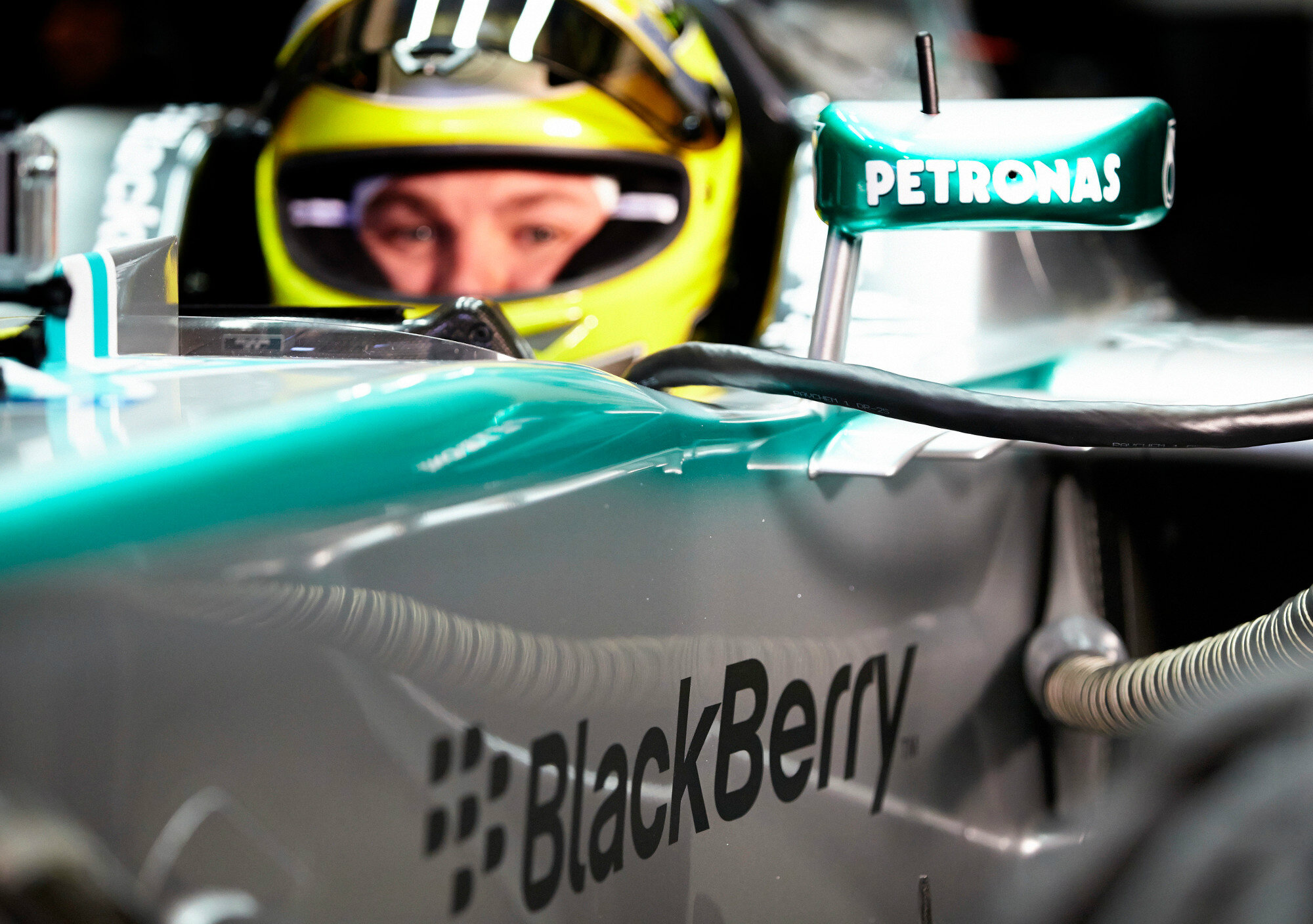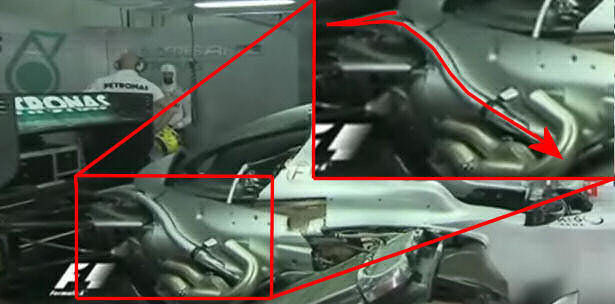shelly wrote:Suppose that there is a team, which last year experimented with two pipes running from the back to the front of the car.
Suppose they found that those pipes, running in proximity of engine and exhaust pipes, heated the small mass of air flowing of a certain amount.
Suppose that the same team, after the rules have banned their clever piping system, still want to use those two pipes from last year, and combine them with their last year kers cooling inlets (their kers is more evolved this year, does not need them anymore...):
They take a look at Rayleigh flow on wikipedia
http://en.wikipedia.org/wiki/Rayleigh_flow
and find that they can add a good amount of energy to the flow entering those inlets if they manage to make it flow in a small channel adjacent to the hot exhaust pipes.
To put this high energy to good use, they just need an outlet for the pipe at the back of the car, better if it is close to the diffuser edge:
http://www.motorsport-magazin.com/image ... 470967.jpg
To check that every thing is working as expected, they had better put a couple of thermosensitive stickers on the gearbox and crash structure (see picture).
Just a winter test tale
Nice Idea.
It is interesting that you mention the ray-leigh effect to apply to this.. any reason why you go as far?
and how do you think the effect would benefit the flow? Its just air in a pipe and it certainly would get considerably hot, but its not like its some microscale mixing or anything...
Anyway, taking energy from the exhaust pipes means you also take energy away from the coanda exhaust. Taking energy from the exhaust is not good unless you somehow tune your heated tube as a drag reduction device to be used on the straights where the high energy from the exhaust is not needed. This maybe right after exiting a corner, where your air flow through the tube doesn't become appreciable until a tuned speed.
At higher speeds there is higher exhaust temperatures and higher air flow through the tube so you have greater heat transfer.
I am going to ignore fuel overrun for the examples below. I think fuel overrun is greatly limited these days in F1.
High engine power at slow car speed = less heat transfer from exhaust pipe, more heat transfere per molecule of air (slower pass time), and slower nozzle speed exiting the tube.
High engine power at high car speed = maximum heat loss from exhaust pipes, less heat transfer to each molecule of air (faster pass time), and higher nozzle speed exiting the tube.
There are "cross over points" of engine power, car speed and state of tune of the air pipe to give different results of: activation point (think F-duct), exiting temperature of the air pipe and exiting air speed from the air pipe.
To what effect this may be used to reduce drag is an another interesting argument in itself.
On the other hand it could be used to add downforce somewhere on the car but this is difficult to concieve since slotted wings are banned and the air speed exiting the tube would not fast enough to seal diffusers and whatnot.





